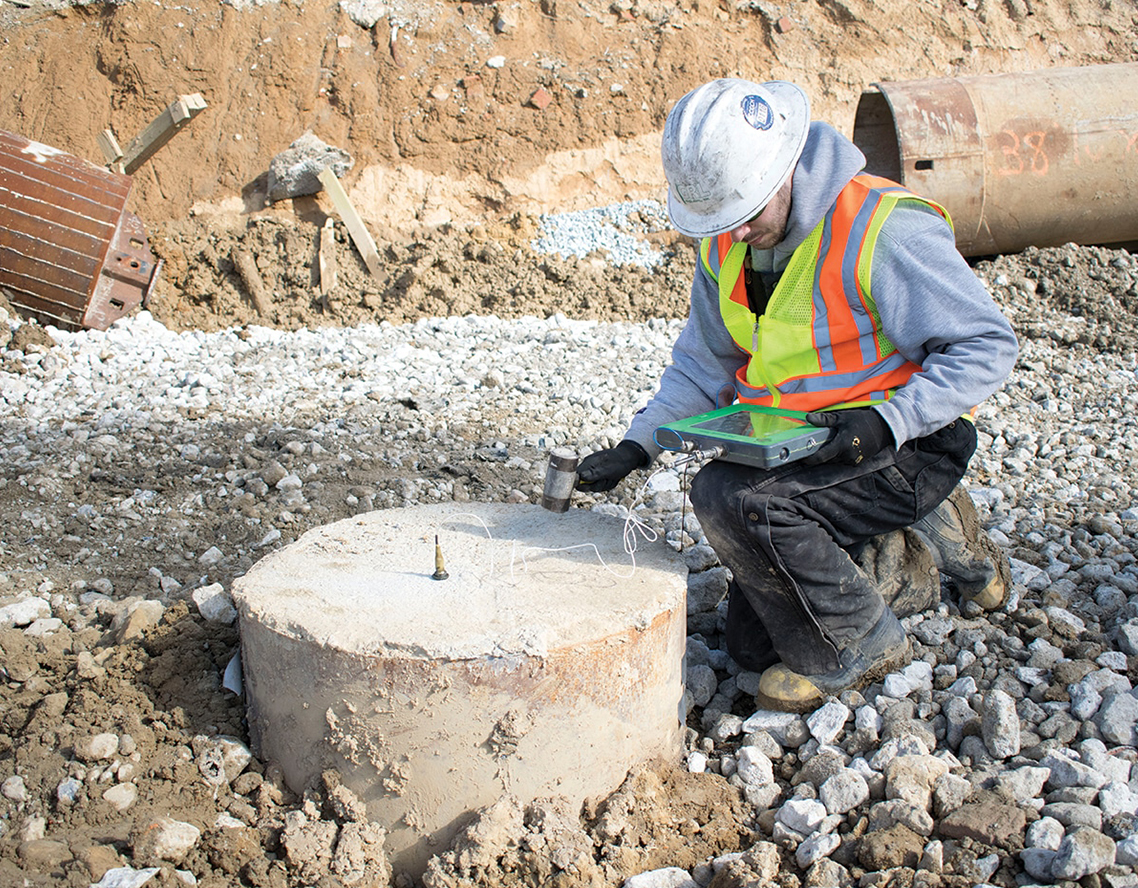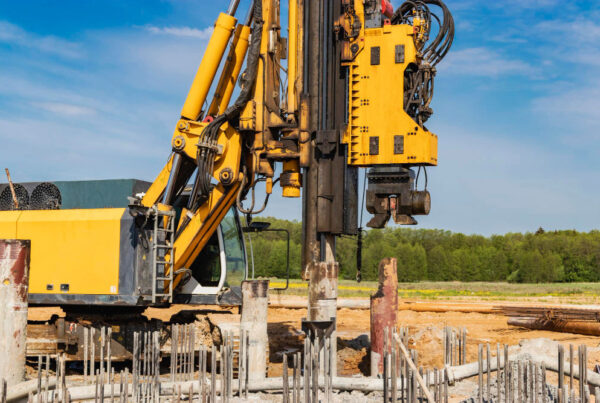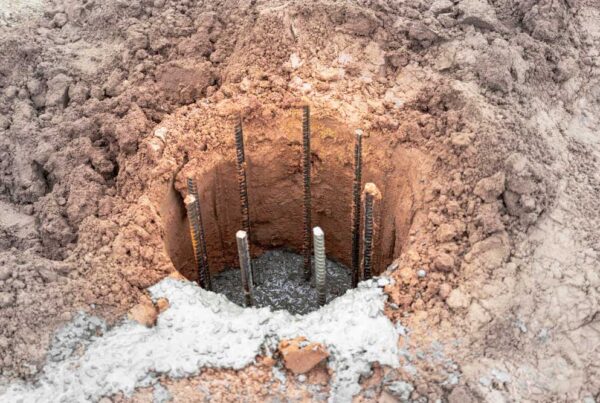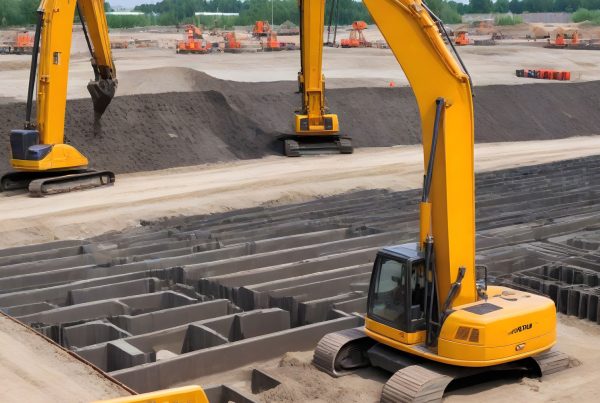Bored piles are an important foundation element in construction projects. They are often used to support heavy loads, and their performance is critical to the safety and stability of the structure. To ensure the quality of bored piles, quality control measures must be implemented throughout the construction process. In this article, we will discuss the quality control measures for bored piles.
Bored piles are constructed by drilling a cylindrical hole into the ground and then filling it with concrete. The diameter of the hole and the length of the pile depend on the load requirements and soil conditions. The process of bored pile construction involves several stages, and quality control measures must be implemented at each stage.
Drilling Stage
During the drilling stage, the diameter and verticality of the hole must be checked regularly. The hole diameter should be within the specified tolerance, and the verticality should not deviate beyond the allowed limit. The drilling equipment must be checked regularly to ensure that it is functioning correctly. The quality of the soil should also be checked regularly to ensure that it is suitable for the construction of the pile.
Reinforcement Stage
Once the hole has been drilled, steel reinforcement is installed into the hole. The reinforcement should be inspected for its diameter, spacing, and alignment. The reinforcement should also be checked for any defects, such as rust, that may compromise its strength. The reinforcement must be installed at the correct depth, and the overlap between the bars must be within the specified limits.
Concrete Pouring Stage
After the reinforcement has been installed, the hole is filled with concrete. The concrete should be of the correct consistency, and the pouring should be done in layers to prevent segregation. The temperature of the concrete should also be monitored to ensure that it is within the specified range. During the pouring stage, the volume of the concrete poured should be measured to ensure that it matches the design specifications.
Curing Stage
After the concrete has been poured, it must be cured properly to achieve the required strength. The curing process should be monitored to ensure that it is carried out in the specified manner. The temperature and humidity conditions during the curing process should also be monitored regularly.
Testing Stage
Once the pile has been constructed, it should be tested to ensure that it meets the design specifications. The pile should be load tested to determine its load-carrying capacity. Non-destructive testing methods, such as ultrasonic testing, may also be used to detect any defects or inconsistencies in the pile.
In conclusion, quality control measures are crucial for the construction of bored piles. These measures should be implemented at each stage of the construction process to ensure that the pile meets the design specifications and is safe and stable. Regular inspections and testing should be carried out to detect any defects or inconsistencies and to ensure that the pile is of the required quality.






